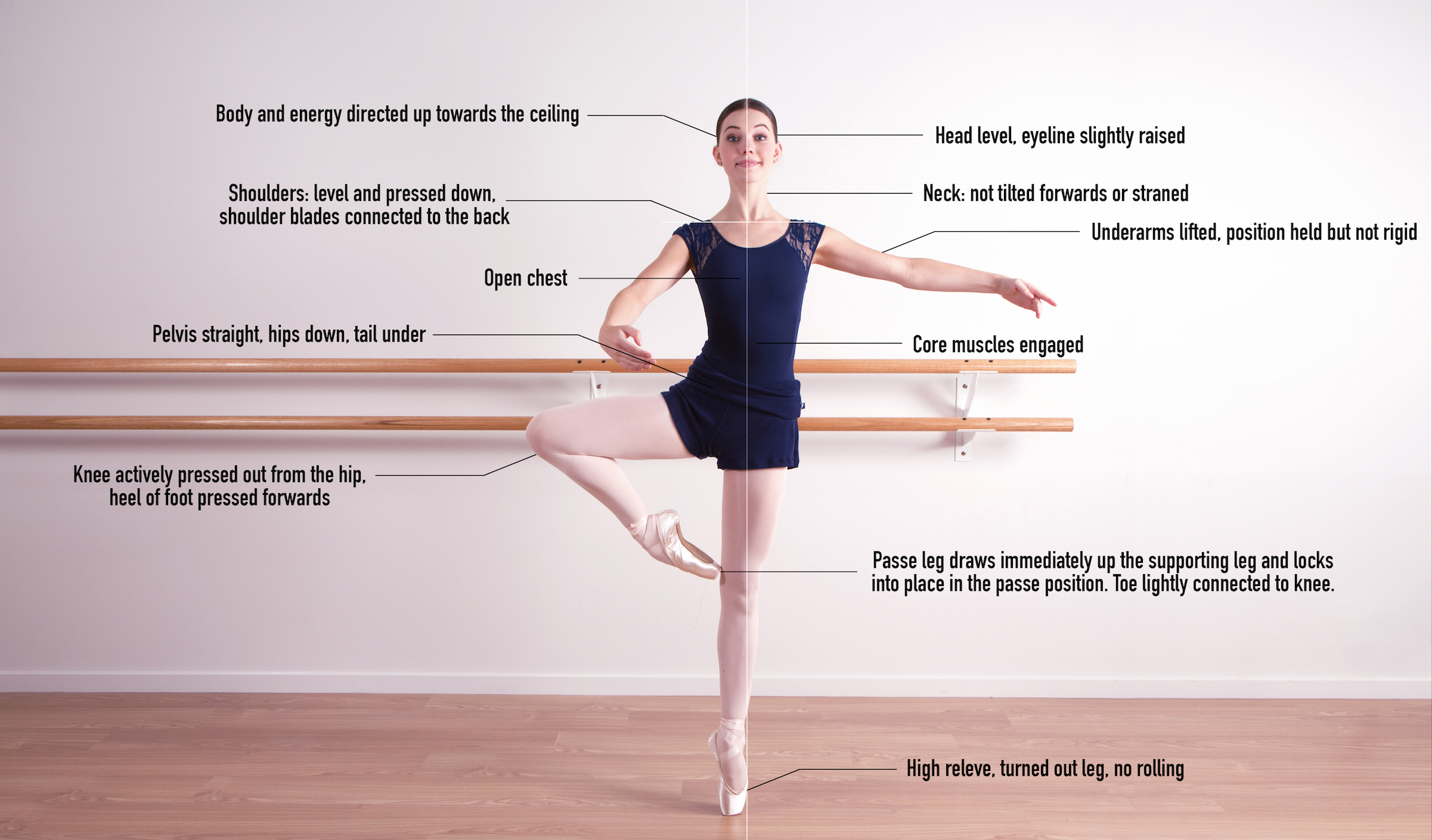- Introduction: The Art of Ballet
- The History of Pirouettes
- Mastering the Basics: Proper Body Alignment
- Developing Balance and Core Strength
- Perfecting Turnout: Techniques for Beautiful Pirouettes
- Common Mistakes to Avoid
- Tips for Spotting and Maintaining Balance
- Advanced Pirouette Variations
- How to Incorporate Pirouettes into Choreography
- Conclusion: Embracing the Elegance of the Pirouette
Introduction: The Art of Ballet
Welcome to the enchanting world of ballet, where grace, precision, and artistry intertwine to create breathtaking performances. In this blog, we will delve into the mesmerizing technique of pirouettes and explore how to master this essential element of ballet. So, slip on your ballet shoes and let's embark on a journey of elegance and poise.
The History of Pirouettes
Originating in the courts of Renaissance Italy, pirouettes have evolved into a defining element of ballet. These graceful spins, executed on one leg, showcase the dancer's control, balance, and sheer artistry. Throughout the centuries, pirouettes have undergone stylistic changes, with different ballet techniques infusing their own unique flair into this captivating movement.
Mastering the Basics: Proper Body Alignment
Before attempting pirouettes, it is crucial to establish proper body alignment. Begin by standing tall with your shoulders relaxed and your core engaged. Align your hips, knees, and ankles, ensuring that your weight is evenly distributed. This foundation will provide stability and enhance your ability to execute flawless pirouettes.
Developing Balance and Core Strength
Balance is the key to successful pirouettes, and developing a strong core is essential to achieve it. Incorporate exercises like planks, ballet-specific core workouts, and balance exercises into your training regimen. Strengthening your core will not only improve your balance but also enhance your overall technique and control.
Perfecting Turnout: Techniques for Beautiful Pirouettes
One of the hallmarks of a stunning pirouette is a well-executed turnout. Focus on strengthening and stretching your hip rotator muscles to enhance your turnout. Additionally, practice exercises that target your feet and ankles, as they play a vital role in maintaining stability and control during pirouettes.
Common Mistakes to Avoid
While mastering pirouettes, it is crucial to be aware of common mistakes that can hinder your progress. Avoid collapsing your supporting leg, hunching your shoulders, or gripping your toes inside your pointe shoes. By staying mindful of these pitfalls, you can refine your technique and execute flawless pirouettes.
Tips for Spotting and Maintaining Balance
Spotting is a technique used to maintain balance and prevent dizziness during multiple turns. Focus your gaze on a fixed point and whip your head around to spot it as you turn. This technique will help you maintain your balance and execute multiple pirouettes with precision and control.
Advanced Pirouette Variations
Once you have mastered the basics, it's time to explore advanced pirouette variations. From multiple turns to intricate arm positions, these variations add complexity and artistry to your performances. Work with your ballet instructor to learn and perfect these challenging variations.
How to Incorporate Pirouettes into Choreography
Pirouettes are not only beautiful in isolation but also play a crucial role in choreographed ballet sequences. Learn how to seamlessly incorporate pirouettes into your choreography, exploring different entry and exit techniques, and infusing them with emotion and storytelling.
Conclusion: Embracing the Elegance of the Pirouette
As we conclude our exploration of pirouettes, remember to embrace the elegance and artistry of this captivating movement. With dedication, practice, and guidance from your ballet instructor, you can unlock the enchanting world of pirouettes and captivate audiences with your grace and precision.

